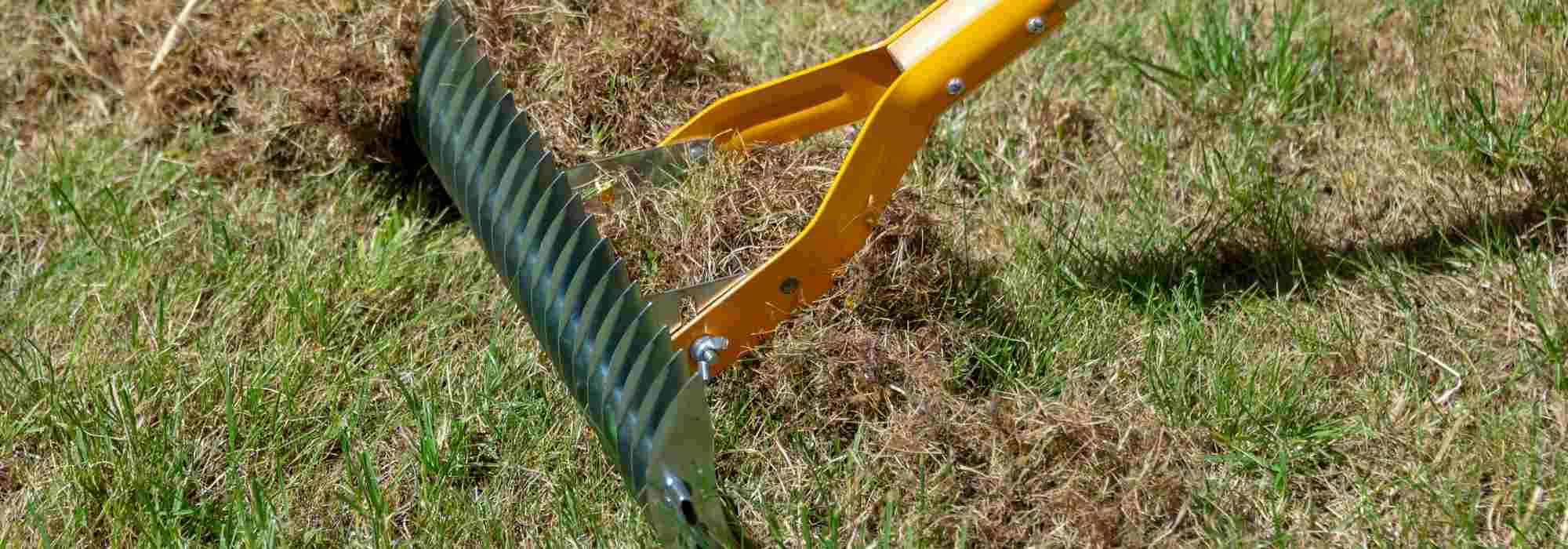
Manual scarifier: how to use it?
Scarification for a Beautiful Lawn
Contents
Repeated mowing, mulching, rain, and finally the trampling of garden hosts can damage the short grass meadow. Some adventive plants infiltrate between the roots of the grass blades, moss settles in, and worse still, thatch forms. This thatch is dangerous for the lawn as it suffocates it and prevents water and nutrients from reaching it.
Fortunately, it is quite simple to remedy this with a process called lawn scarification. A scarifier, whether manual or motorised, always operates on the same principle: teeth or blades lacerate the soil to extract moss and destroy thatch. Once peeled and aerated, the lawn can quickly regenerate and become more beautiful again.
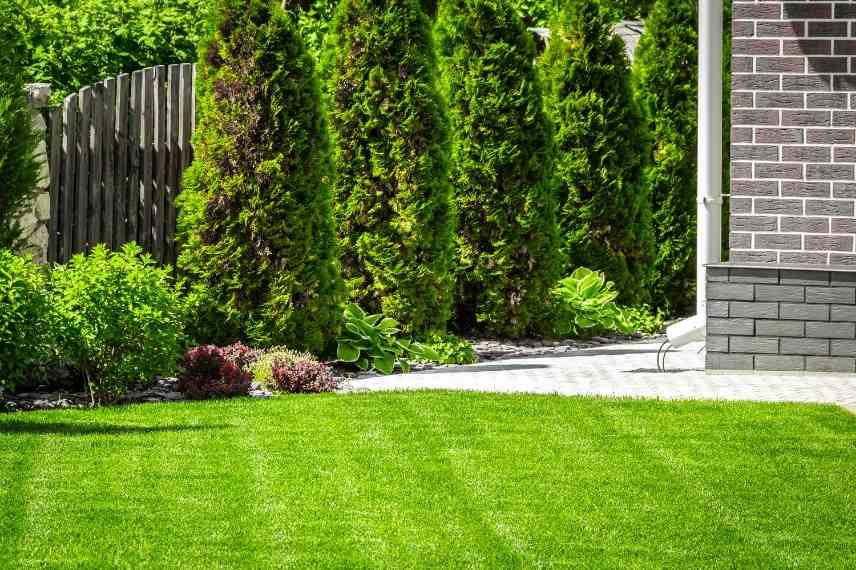
A beautiful lawn requires regular maintenance… and scarification
What is a manual scarifier?
A manual scarifier is a gardening tool used for scarifying lawns on small areas. The tool consists of a handle, usually made of wood (sometimes aluminium or composite materials), and a head made of stainless steel. The head resembles that of a garden rake, with “teeth” that are sharp. The number of teeth varies: from 6 robust teeth to around twenty. The stainless steel blades are often polished to prevent soil from sticking to the tool.
There are very simple designs with teeth on one side, such as the Burgon and Ball manual lawn scarifier (RHS) or the Polet lawn scarifier. There are also manual scarifiers with teeth on both sides of the head, like this efficient Leborgne double-tooth scarifier: 11 short, hooked teeth for cleaning, scratching the soil, and aerating the grass roots, and 21 long, fine teeth for collecting plant debris and thinning the thatch layer.
Manual scarifiers can also be found mounted on a pair of wheels fixed on either side of the tool head. This makes them easier to use, especially for relatively large lawn areas.
Please note: there are also motorised scarifiers, either petrol or electric. The principle remains the same, but it is no longer the person who operates the tool on the lawns, but a petrol or electric motor. The gardener simply needs to push the machine, which resembles a kind of lawn mower, equipped with four wheels. The scarifying blades are located underneath the machine. This type of scarifier should only be used for very large lawn areas (football or golf fields, castle parks…).
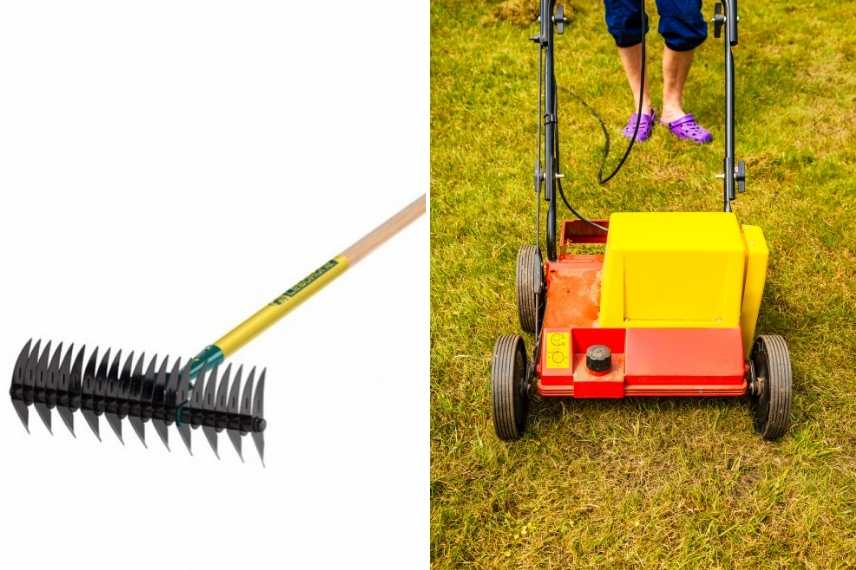
A manual scarifier on the left (Leborgne model with 32 teeth), and on the right an electric scarifier
Read also
Lawn: essential tools for its upkeepWhy scarify the lawn?
Scarifying is essential for maintaining a beautiful and healthy lawn. Lawn scarification is the process of raking the short grass meadow, making the tines penetrate to a depth of 1 to 4 mm maximum. A greater depth could risk damaging the roots of the herb.
Scarification by raking thus helps to eliminate some “weeds” with shallow roots (such as daisies) but mainly to remove moss and thatch that accumulates due to uncollected mowing residues, foot traffic, and rain. All these elements are uprooted and brought to the surface during scarification.
In addition to removing moss and some adventive plants, scarifying thatch also allows for better water penetration and improved soil aeration, facilitating the regrowth of a lush lawn.
However, be careful not to overdo it! It is recommended to scarify no more than twice a year: once in spring (after the frosts) and once in autumn (before the frosts).
After scarification, your lawn will resemble a tank training ground. Don’t worry! It will quickly return to being a very beautiful, green, clean, and tidy lawn.
Please note: the removal of moss through scarification is currently a topic of debate. Indeed, moss is initially removed, but small fragments are scattered throughout your lawn. This often results in the creation of “cuttings” of moss across the surface. And so, the following year: here we go again! To eliminate moss in a lawn, it is important to avoid stagnant moisture, shade, overly acidic soil, and compacted earth. In short, measures should be taken to ensure that moss has no reason to grow and hinder the lawn’s prosperity.
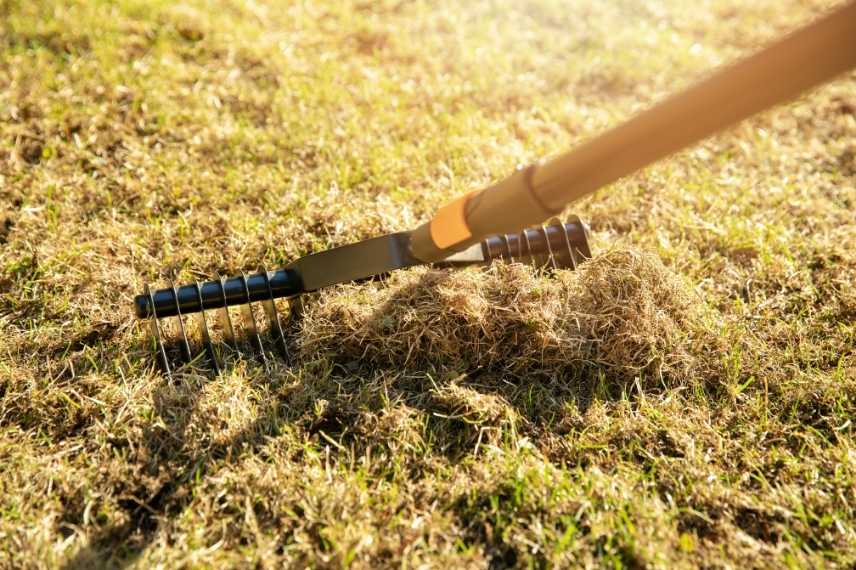
Discover other Lawn
View all →Available in 1 sizes
Available in 3 sizes
Available in 1 sizes
Available in 2 sizes
Available in 1 sizes
Available in 2 sizes
Available in 1 sizes
Available in 3 sizes
Available in 1 sizes
Available in 1 sizes
How to choose a manual scarifier?
What to consider before purchasing?
The manual scarifier should be chosen based on its sturdiness, finish quality, and the materials used. The handle should be strong yet lightweight to prevent excessive fatigue for the user. The tines must be robust. Additionally, the connection between the handle and the tool head must be very strong, as the scarification action requires repeated effort.
Single or double tine?
Single tine scarifiers are effective regardless of the number of tines or the width of the tool head. However, double tine scarifiers are models that allow for an initial coarse scarification (with the part having fewer tines: around ten) followed by a finer scarification (with the part containing long, fine tines) for a perfect finish. The price difference is rarely significant, so it’s better to opt for a double tine tool.
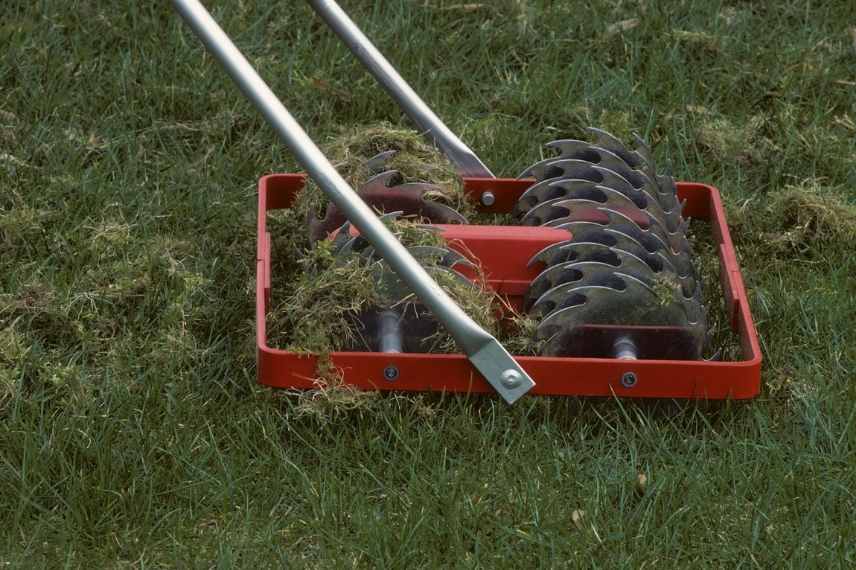
Simple manual, wheeled manual, or motorised?
A simple manual scarifier is useful for small lawn areas: less than 100 m². For larger areas, one can opt for a wheeled manual scarifier.
As mentioned earlier, electric motorised scarifiers are convenient for areas up to 500 m², while petrol motorised scarifiers are more suitable when the area exceeds 500 m². However, there is no need to purchase one outright; renting is an option for this type of equipment.
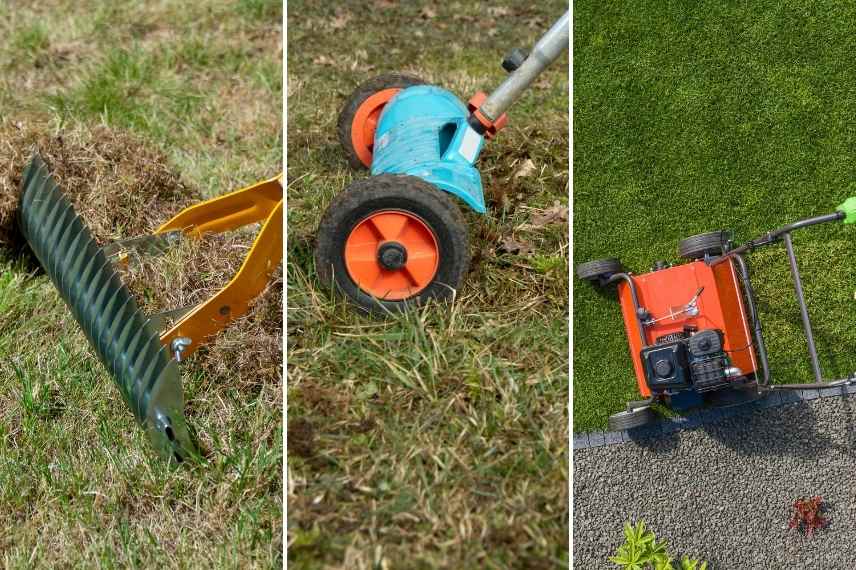 The choice of scarifier will primarily depend on the area you need to treat
The choice of scarifier will primarily depend on the area you need to treat
Read also
Which lawn to choose?How to use a manual pruner?
Firstly, you should mow your short grass meadow to a height of about 2 cm and remove any mowing debris. The scarification of the short grass meadow is done when the soil is slightly moist: not dry or waterlogged, just in between. The manual scarifier (single or wheeled) is used somewhat like a garden rake.
- Grip the handle with both hands;
- Push the tines or teeth into the short grass meadow by applying slight pressure to drive them in by 1 or 2 mm (no more than 4 mm!);
- Pull the tool towards you, keeping your back straight;
- Try to make crossed passes: first in the lengthwise direction, then in the widthwise direction of the short grass meadow. Ideally, finish in the main direction of the short grass meadow;
- Remove the plant debris extracted from the short grass meadow and take it to the compost. These residues can be collected by the fine teeth in the case of a double-toothed scarifier or with a simple lawn rake;
- You may, if you feel inclined, roll your short grass meadow. This will compact the soil and help to re-establish the grass blades that were uprooted during the process;
- Water your short grass meadow well after scarification;
- Do not walk on your short grass meadow for a week!
- Subscribe!
- Contents
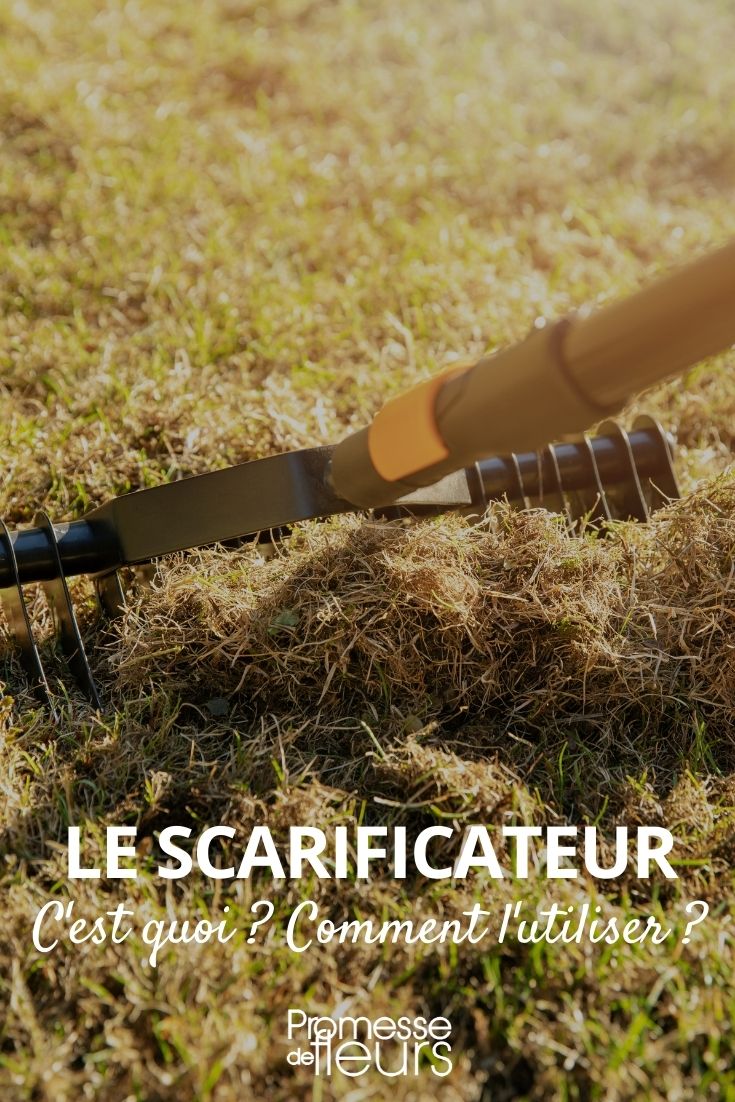































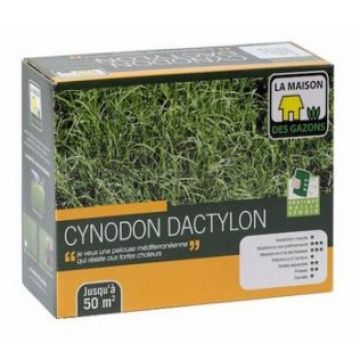
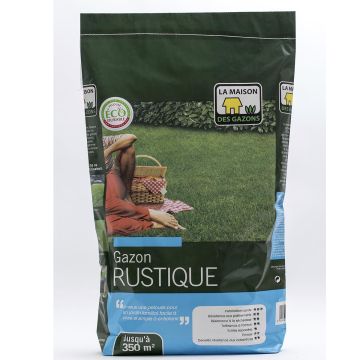
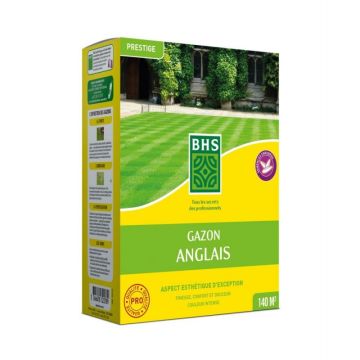
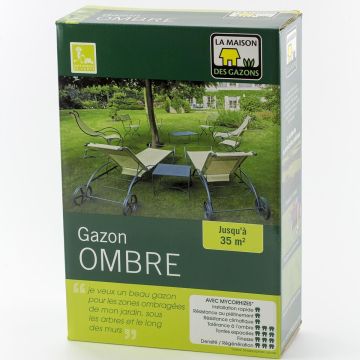
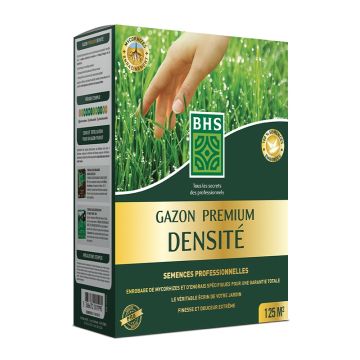
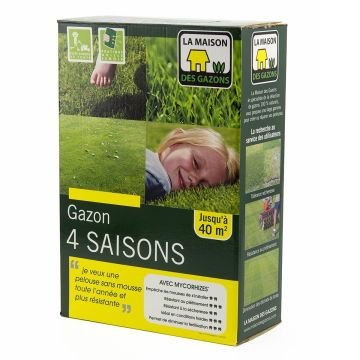
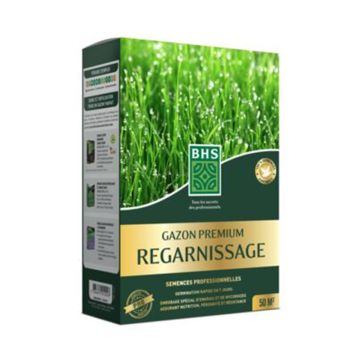
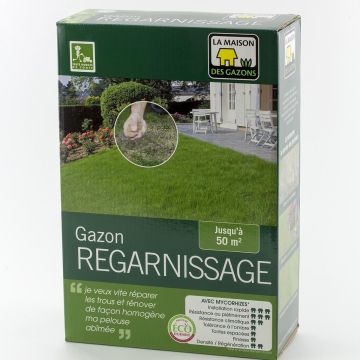
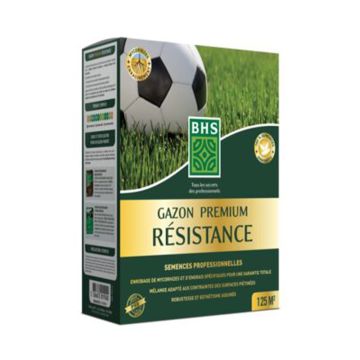
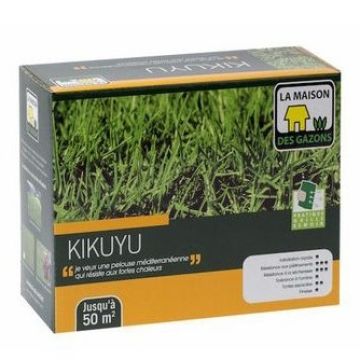
Comments